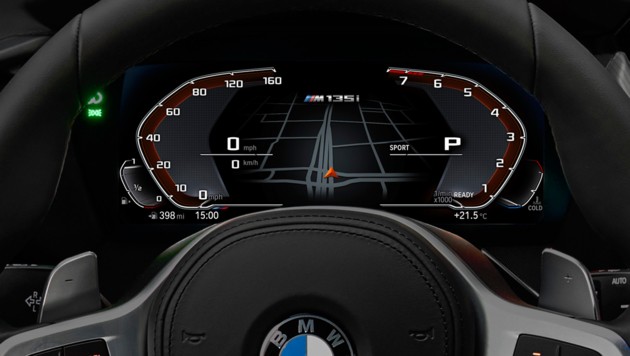The outcry among BMW enthusiasts is great, but rather less with average customers: After a good 1.3 million copies sold, not only the era of rear-wheel drive with a longitudinal engine is over, but also the time, as a consequence as BMW’s smallest was always a bit too tight. In addition, the Munich driven the front-wheel drive, the typical disadvantages.
Nothing tweaks anymore, the interior is suddenly much more generously cut especially in the back seat, although the new is even 5 mm shorter (4.32 meters) than its predecessor. He has added 34 millimetres in width and 13 mm in height. The trunk has grown by 20 to 380 litres, and the neckline has practically widened. Overall, the 1 Series BMW now feels half a class bigger.
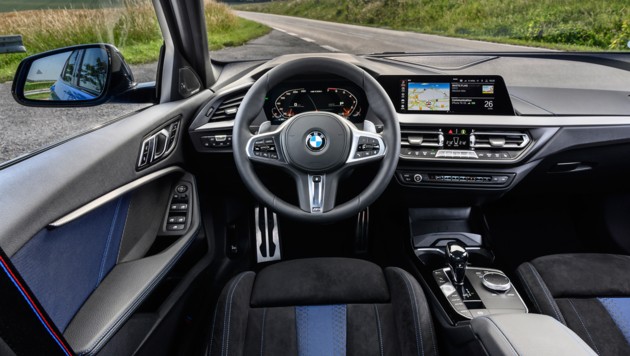
In addition, the inmates are in better hands, thanks to more valuable materials and fresh design with a new kind of ambience light, patterned out of various edges.
Outside, the Munich wear relatively thick: The brand-typical kidneys on the four centimeters higher front have grown by about 50 percent, otherwise, you can call the new design almost as opulent – in contrast to its predecessor, which was clear, unruffled and timeless. For many after the last facelift the most beautiful one ever . Nevertheless, the now-presented third generation looks sleek-sporty, from the mighty air intakes to the chrome tailpipes with depending on the model nine or ten centimeters in cross-section.
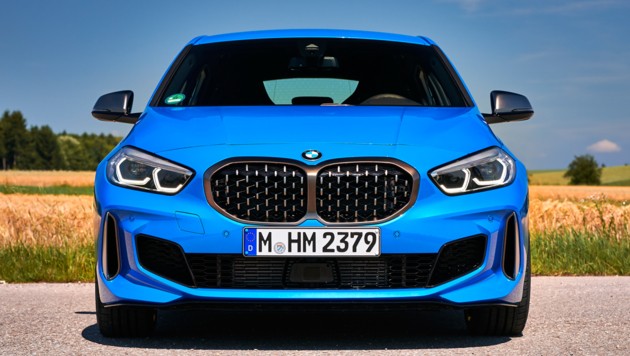
The front-wheel-drive, who wants to be none
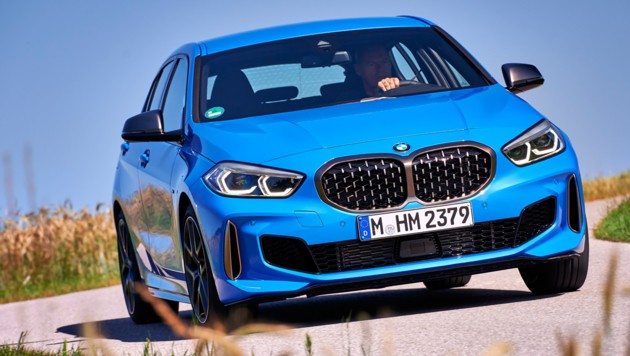
And how drives generation one after the drive-change? For a front-wheel-drive or a front-wheel all-wheel-drive surprisingly good. BMW has made every effort to eliminate the conceptual disadvantages electronically as standard: The “BMW Performance Control” imperceptibly brakes the inside wheels of the wheels before they reach the limit, thus preventing understeer. And thanks to the (so far only used in the BMW i3) so-called “Aktornahen Radschlupfbegrenzung” controls interventions from the DSC box ten times faster than before and so accurate that they are virtually imperceptible. The result is basically good traction with hardly existing drive influences in the steering.
The M135i xDrive also comes with a mechanical Torsen differential lock to cope with the power of the 306 hp two-liter turbocharged four-cylinder engine. With that, the wheels literally pull the car into the curve when you go to the gas early. With the standard launch control, the 1525 Kg (DIN) heavy top model M135i xDrive, which belongs to the M-Performance series, manages the sprint to 100 km / h in 4.8 seconds, at 250 km / h it is regulated. Already at 1750 / min. is the maximum torque of 450 Nm, which is up to 5000 / min. remains constant. Interesting: Thanks flap exhaust sounds this sport version on the outside worse than inside, although with sound from the speakers will help.
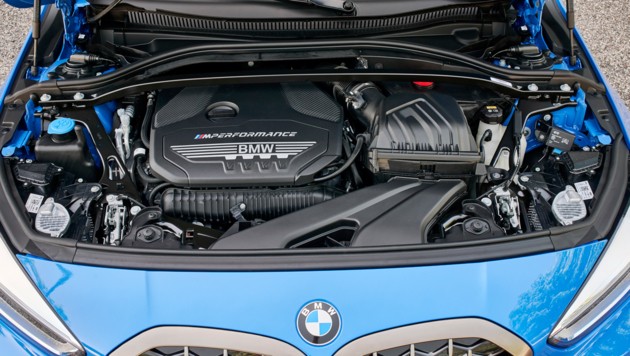
As further engines to the market launch a three-cylinder gasoline engine (basic model 118i, 140 hp, from 29,450 euros) and three diesel (a three-, two-four) with a power range of 116 to 190 hp offered. The top diesel 120d gets as the top gasoline engine standard four-wheel drive and eight-speed automatic, the others have as a basis front-wheel drive and manual transmission, depending on the engine is eight-speed automatic or seven-speed dual-clutch transmission (Magna) available. Both master the sailing in Eco and Comfort mode.
In addition to the M135i xDrive, we drove just under three months before market launch the 150 hp 118d, which proved to be a very round package. High-torque, quiet engine that gets down to business without any delay and smoothly accelerates the BMW 1430 kg BMW to 100 km / h in 8.4 seconds. Its NEDC consumption is 4.1 l / 100 km and thus only 0.3 l / 100 km above that of the three-cylinder, which even meets the upcoming emission standard Euro-6d. All engines have a particulate filter, the diesel an SCR and a NOx storage catalyst.
Digitization as with the big ones
In the new 1 Series BMW, almost the entire range of assistance from BMW is available, only the autonomous driving assistant remains denied to higher classes. However, you can order the reversing assistant, who will drive the car back 50 meters on the (with a maximum speed of 36 km / h) on the way ahead. Standard is the automatic emergency brake, which also recognizes pedestrians and cyclists.
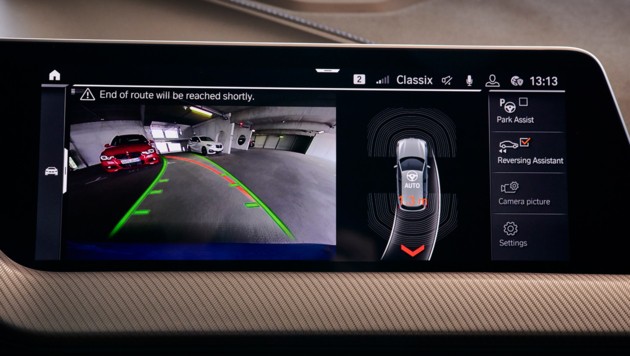
The cockpit is digital on request and has the graphics in kidney shape, which is already known from 3s, 8s, etc. This means that the tachometer runs to the left and the speedometer is more a design element than a real instrument. Highly recommended is the optional head-up display that projects information not on a Plexiglas disc, but in the windshield. Also, gesture control or the Personal Assistant, which you can get with the command “Hey BMW” or any other command at any time “from the bottle” is offered.
